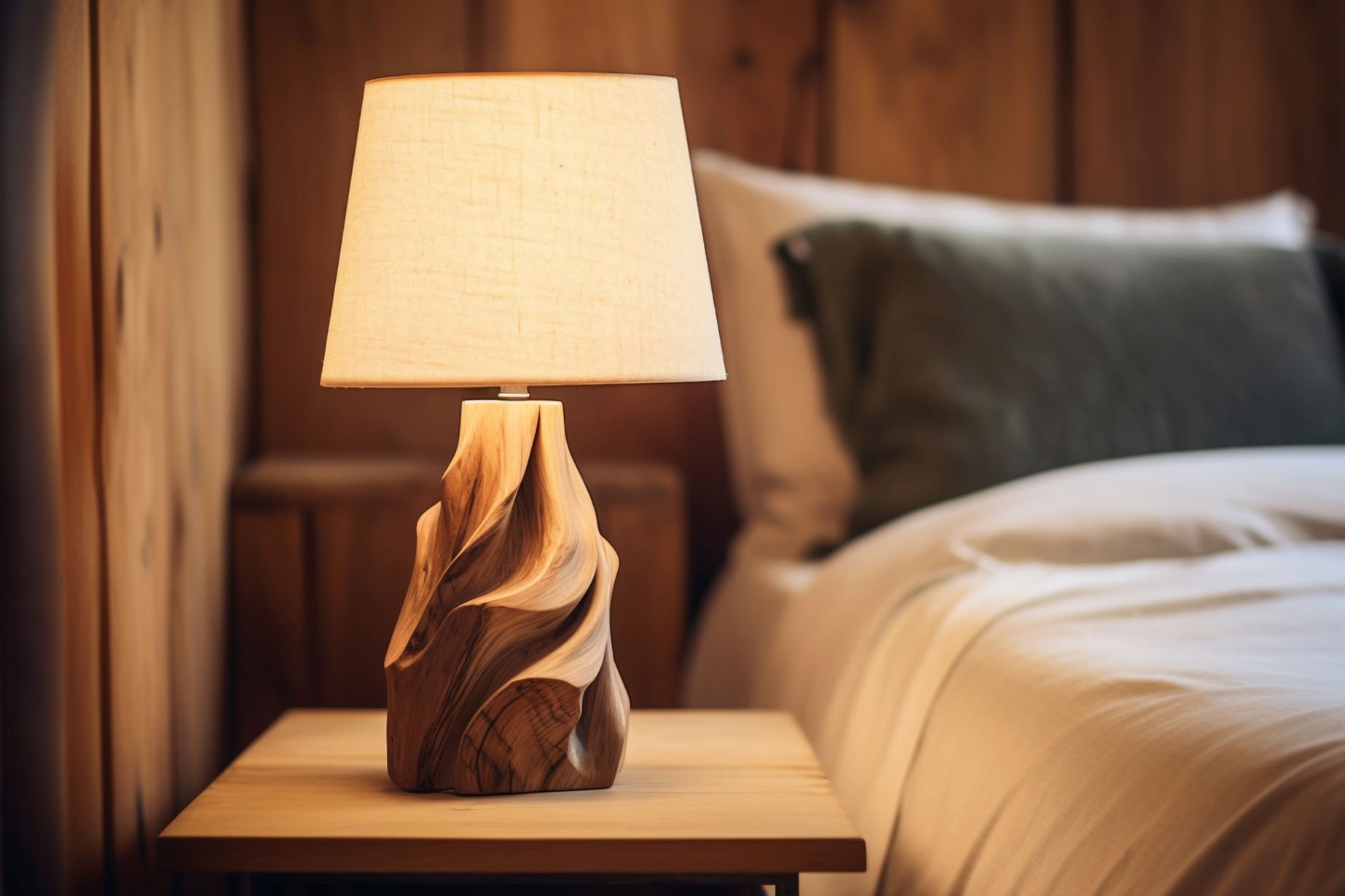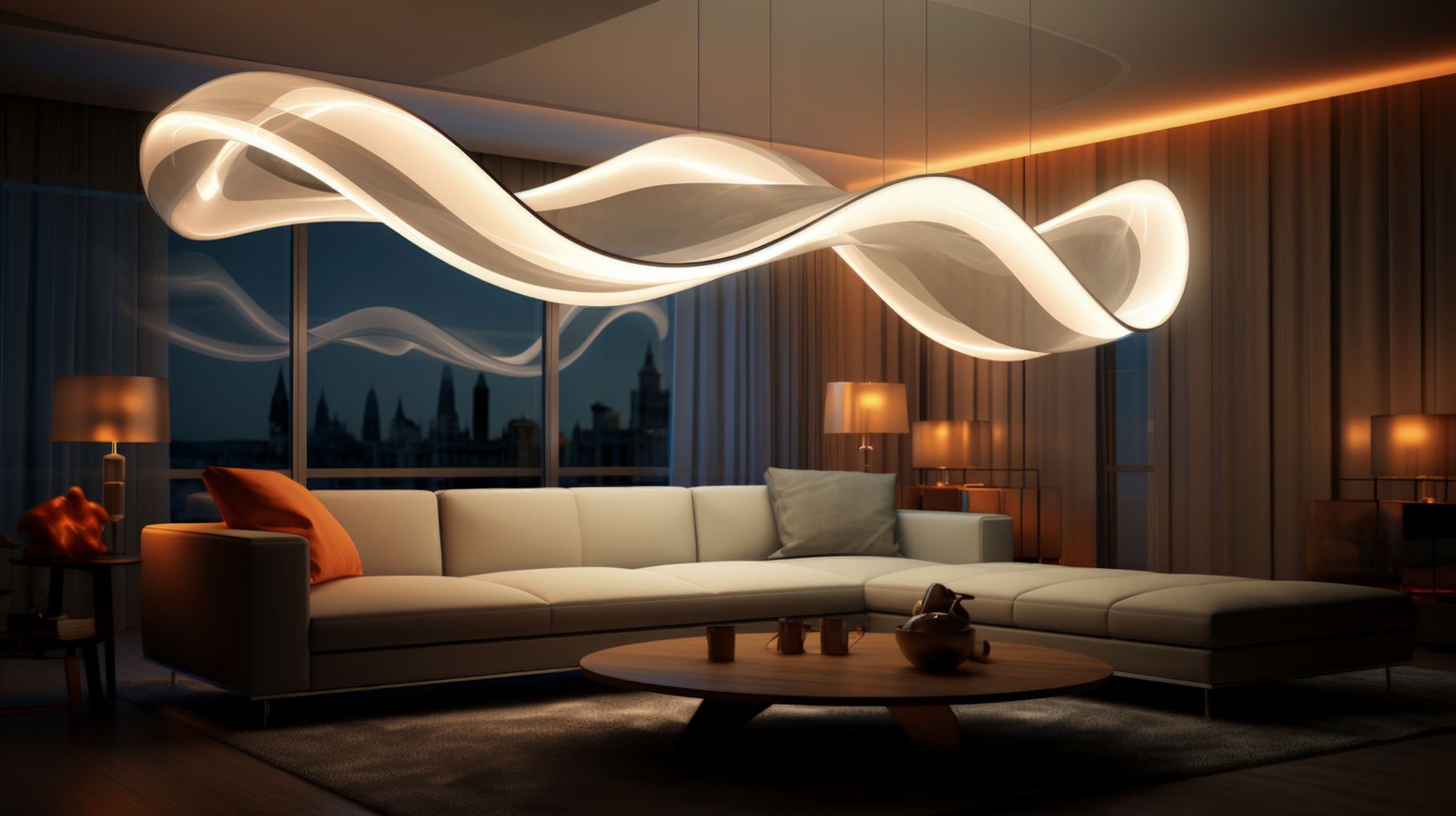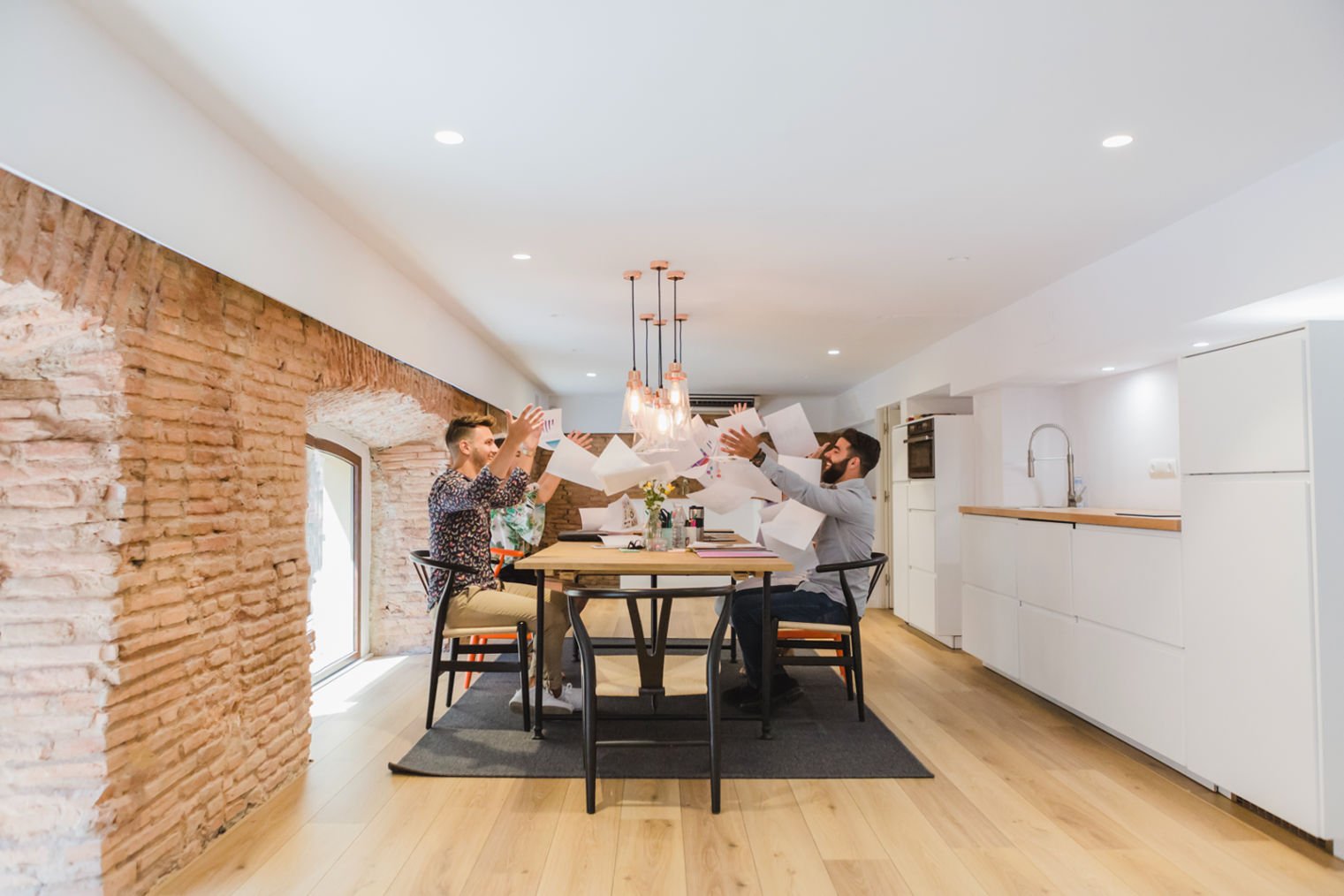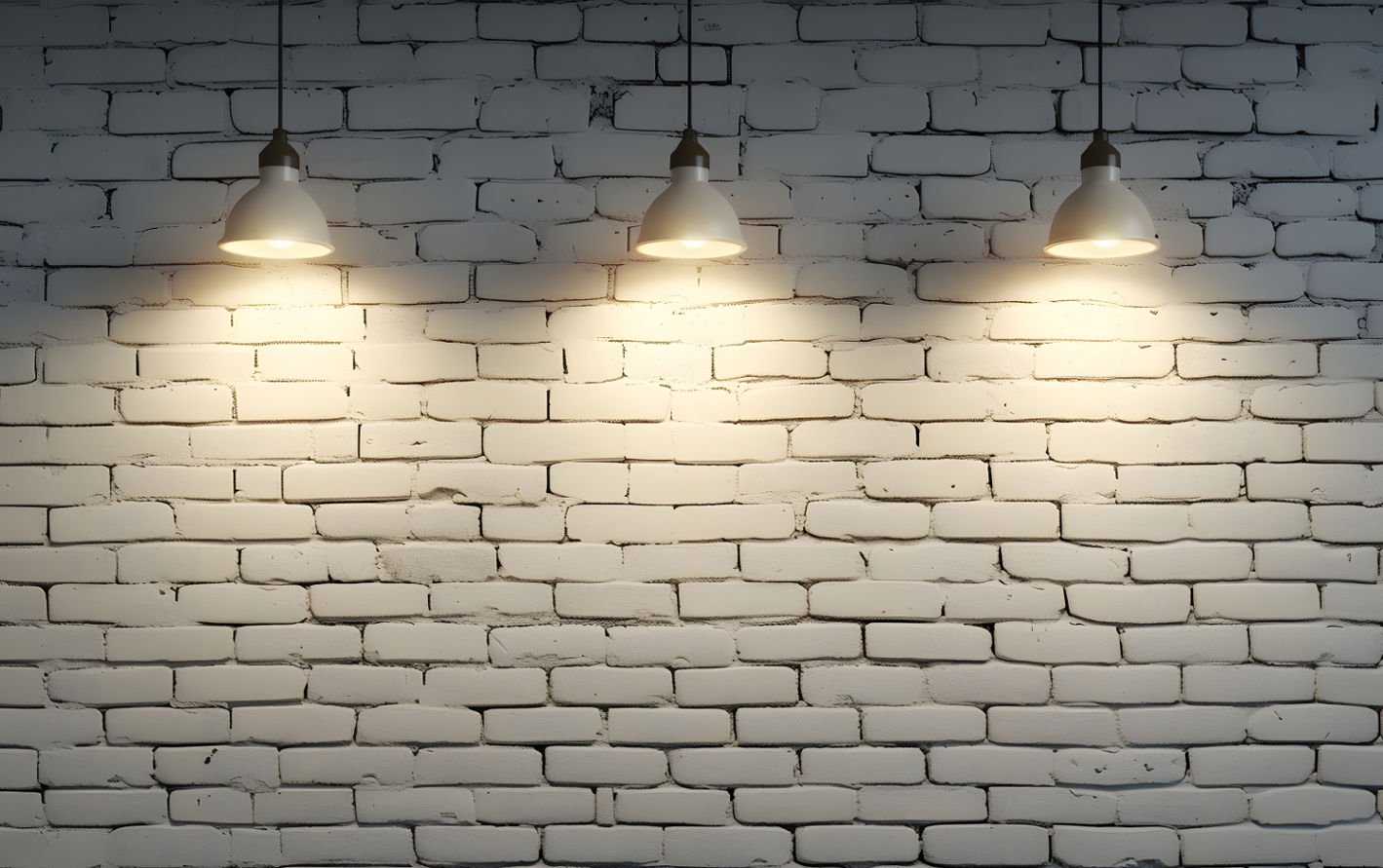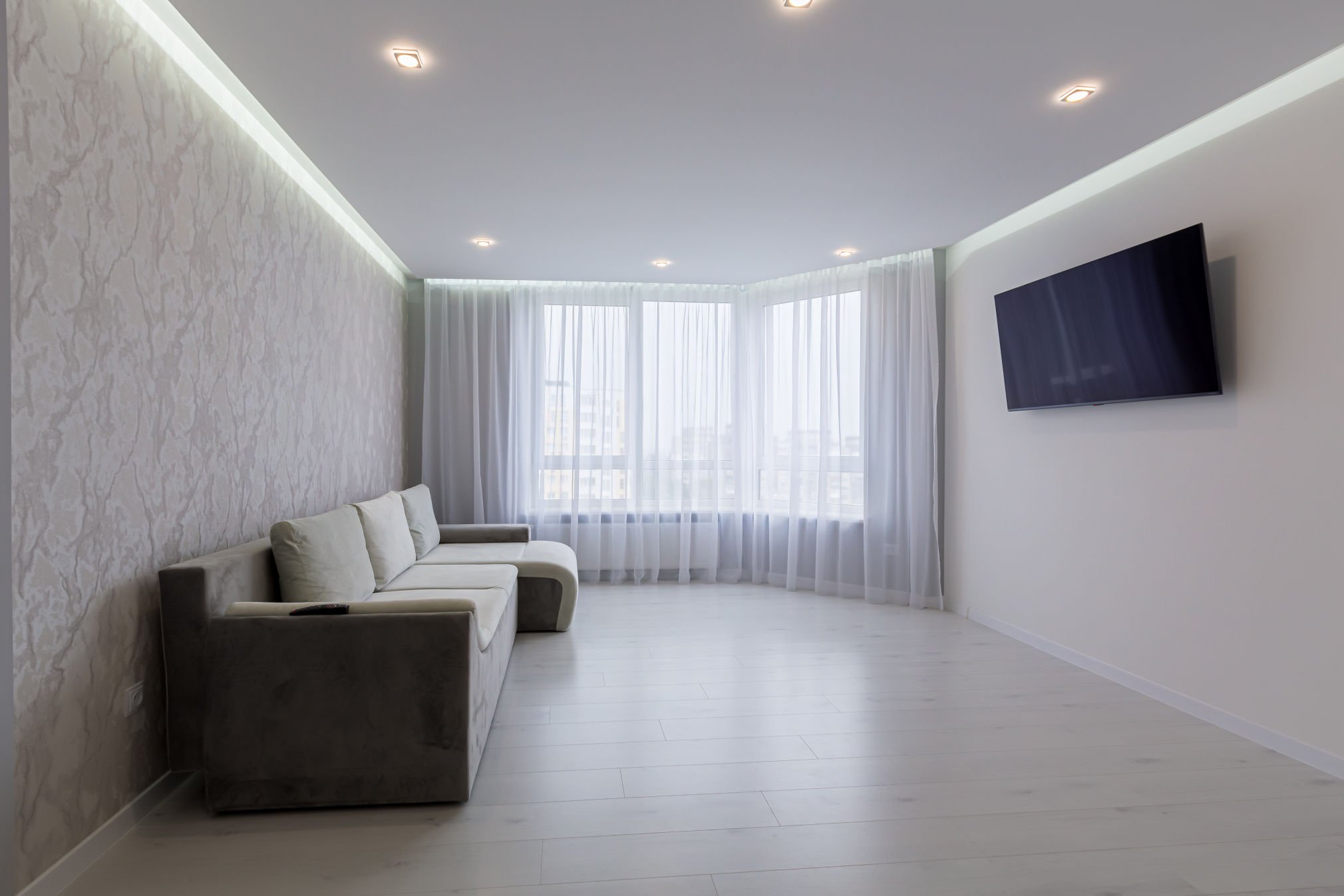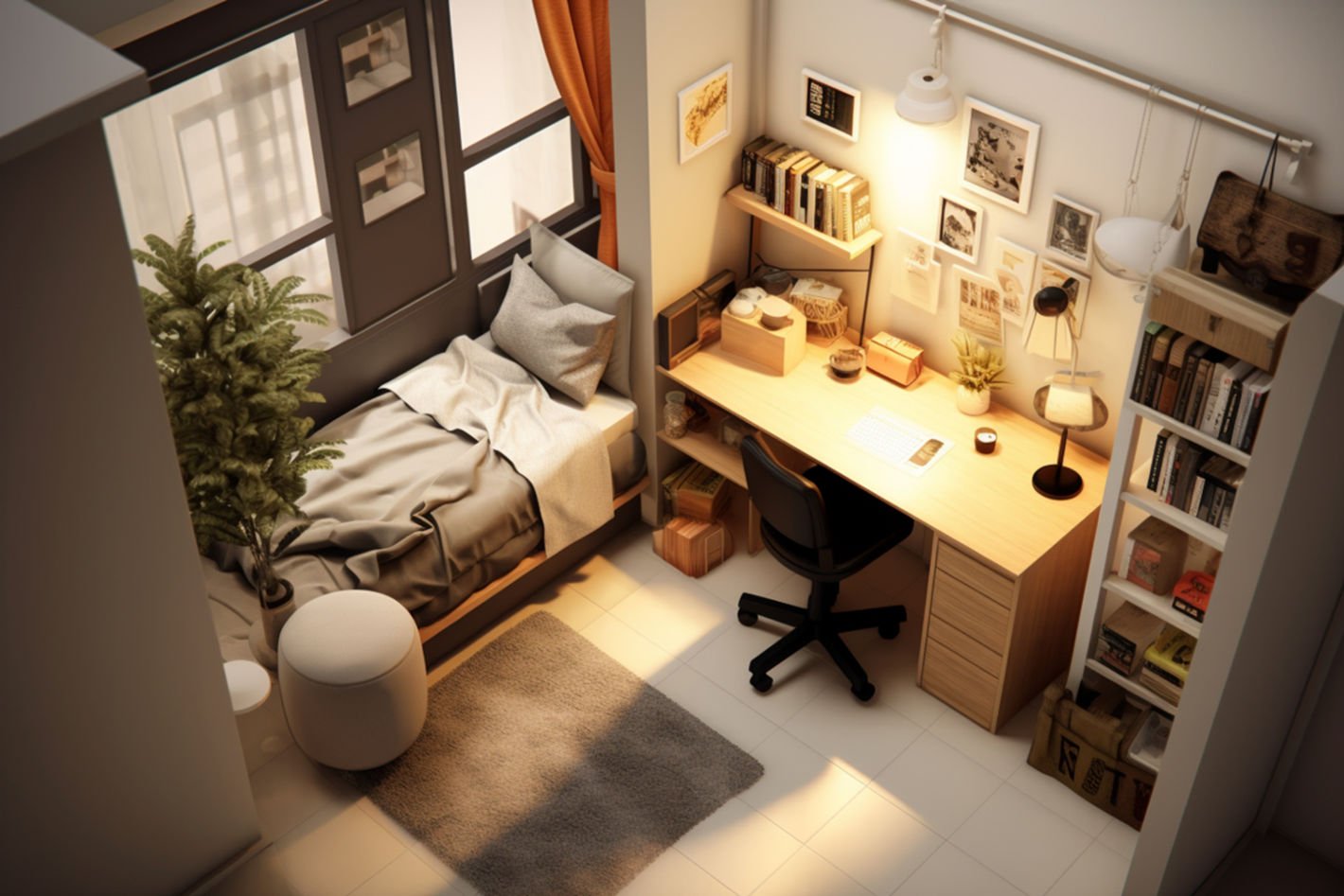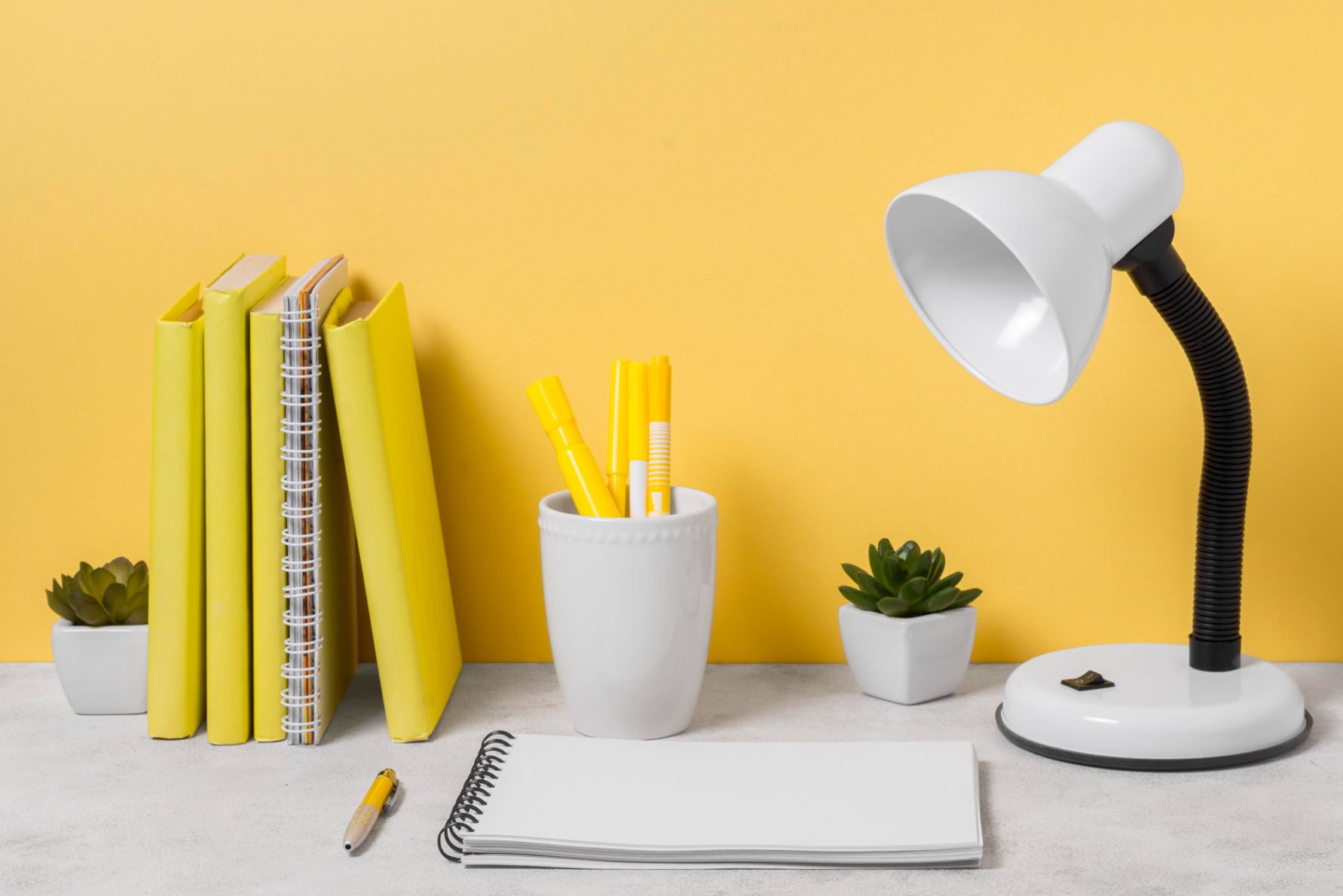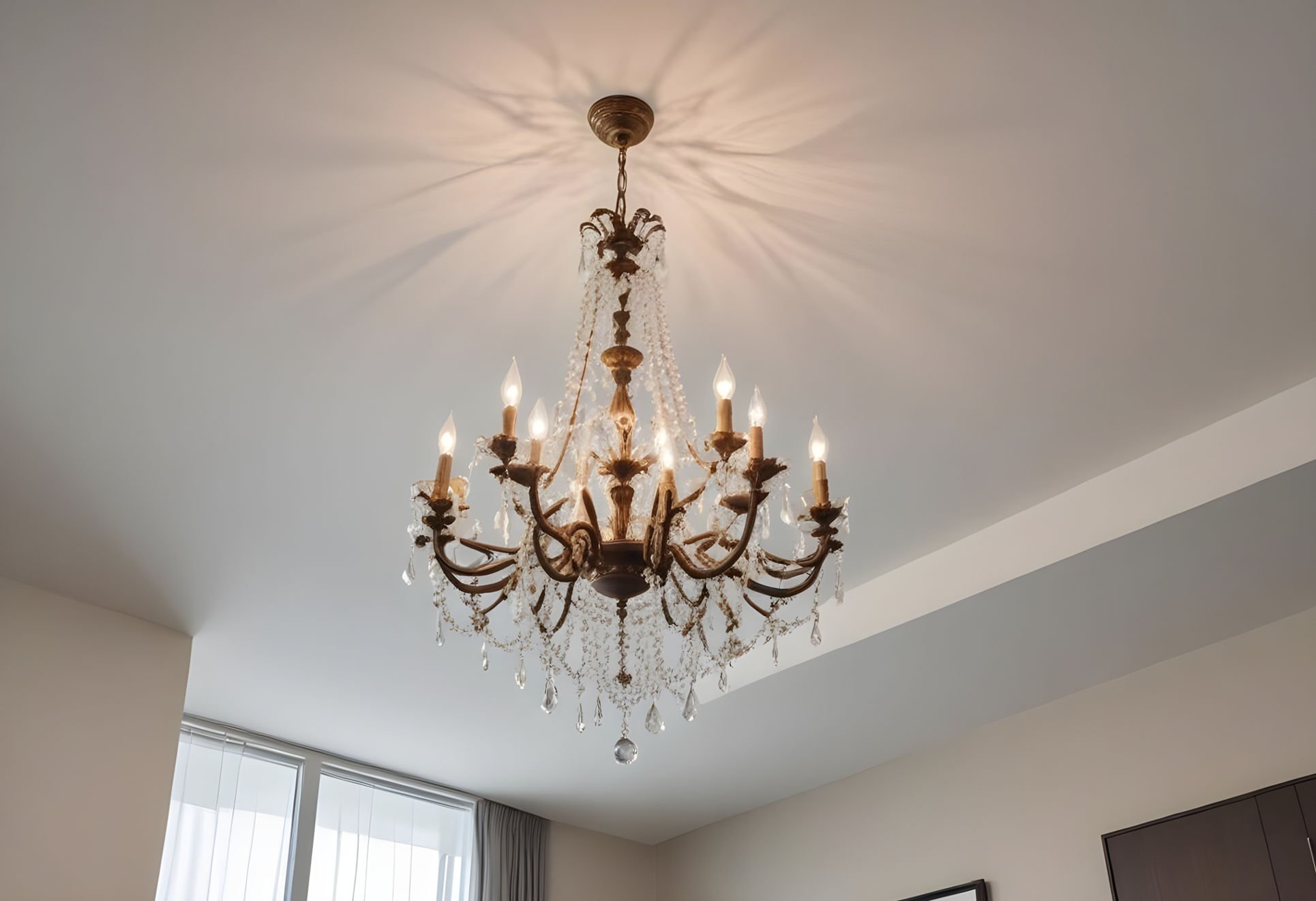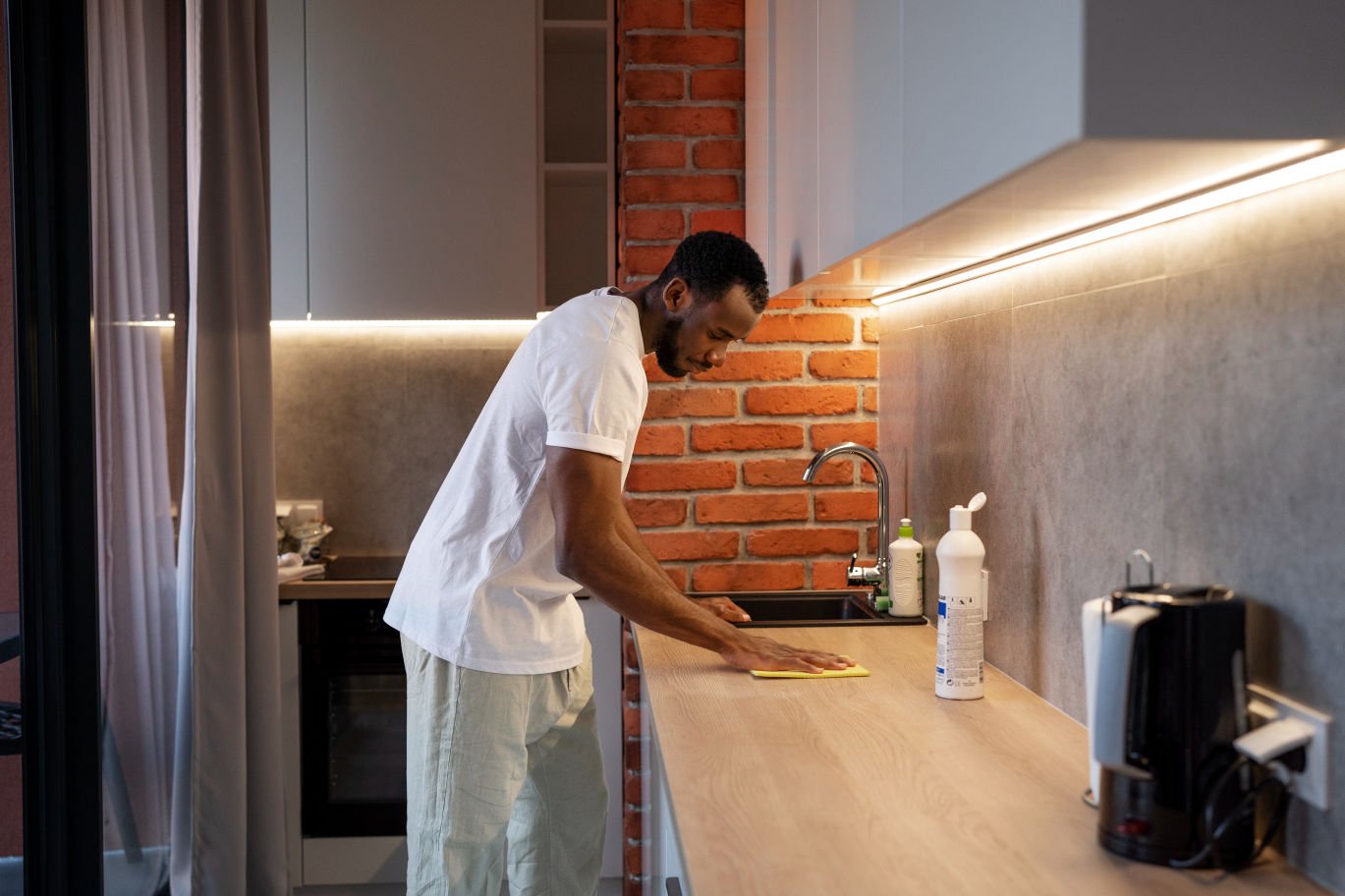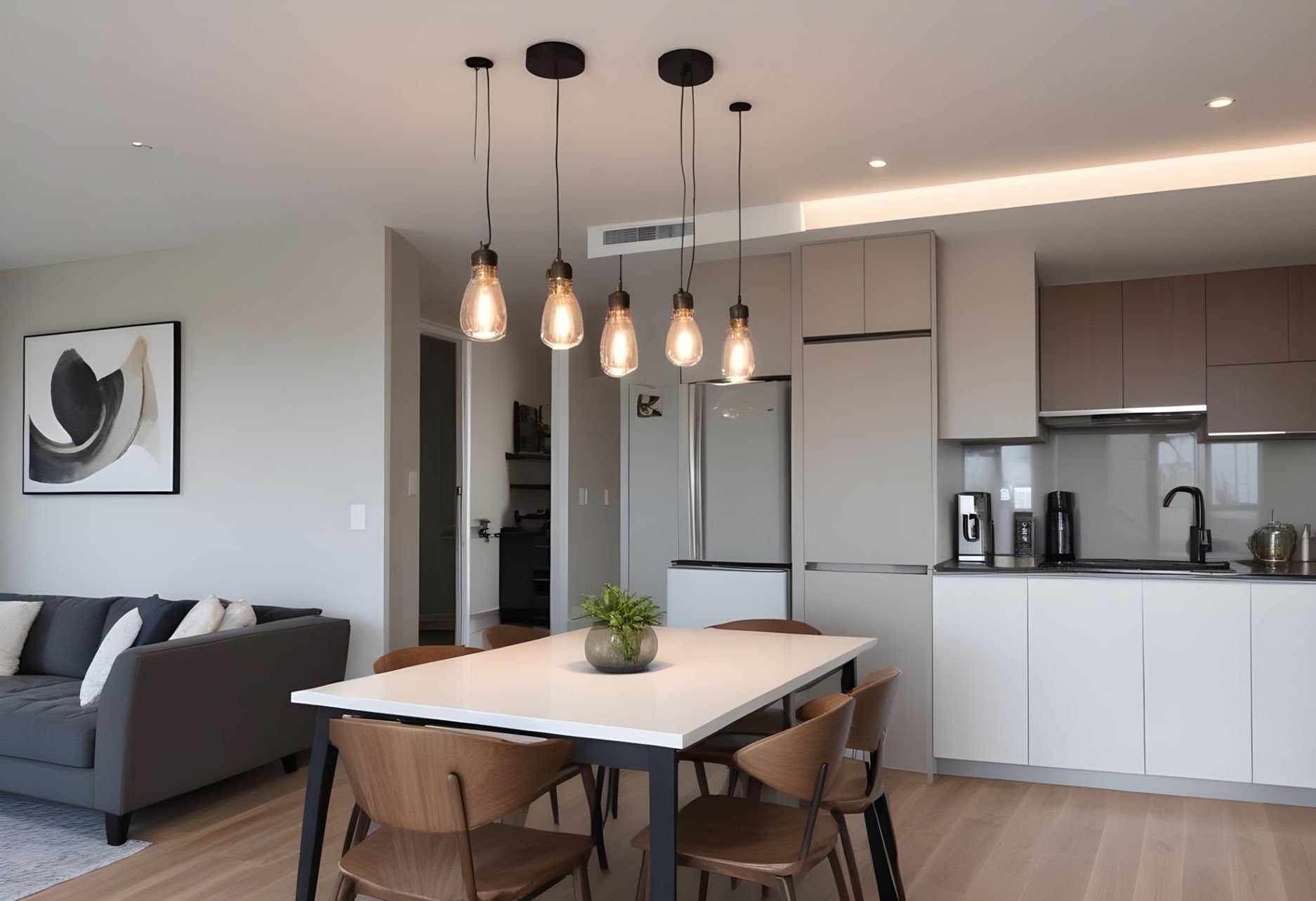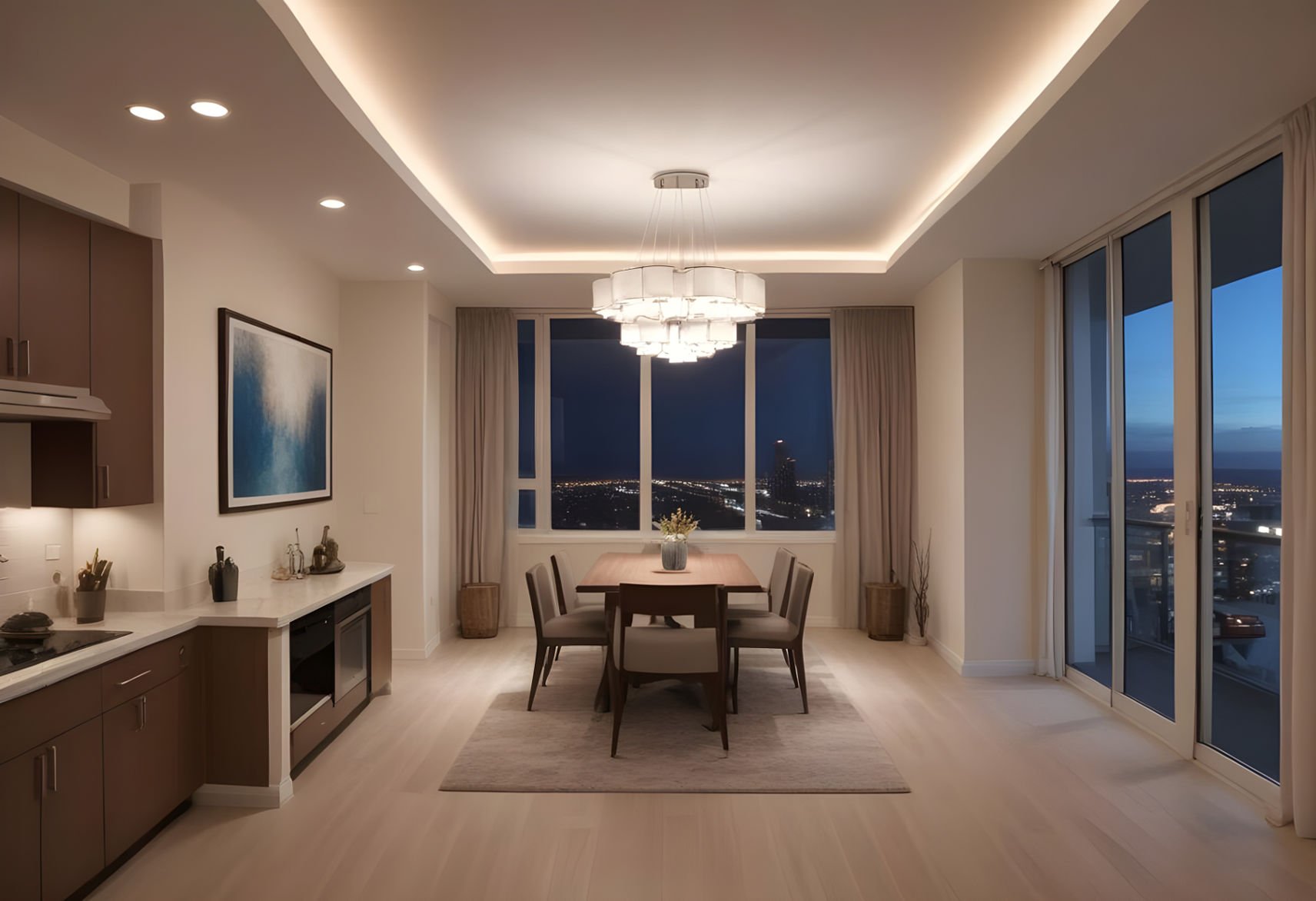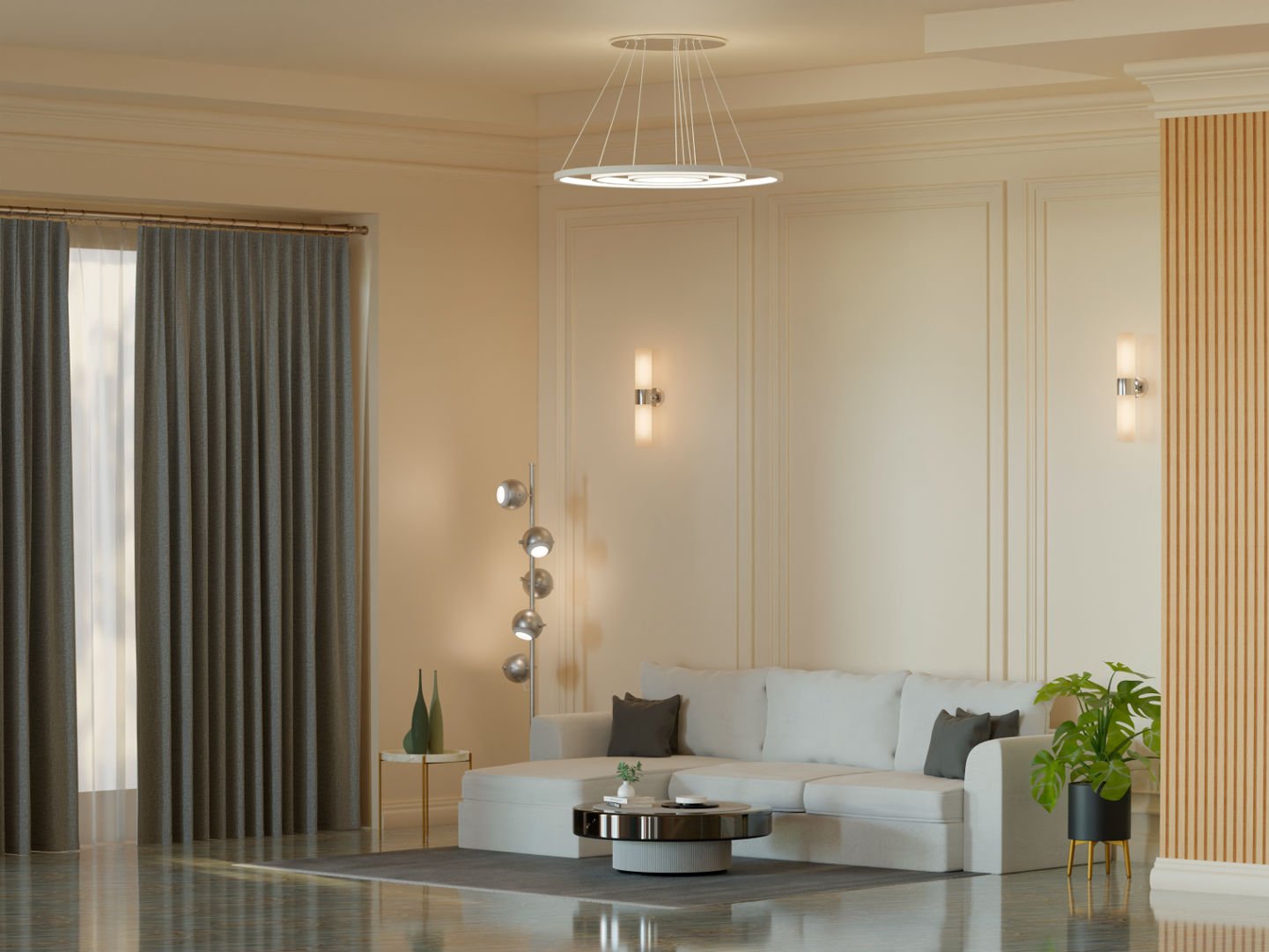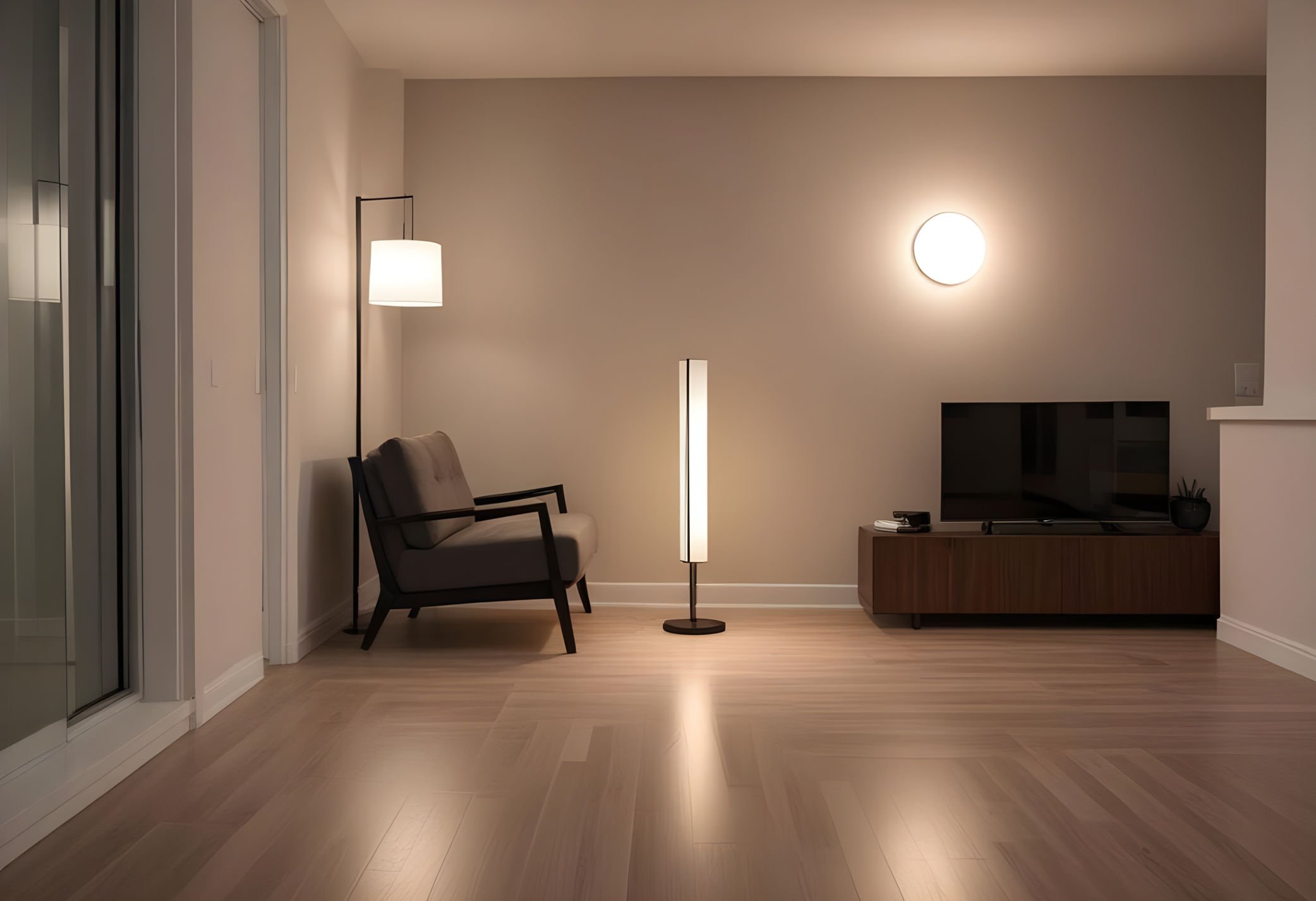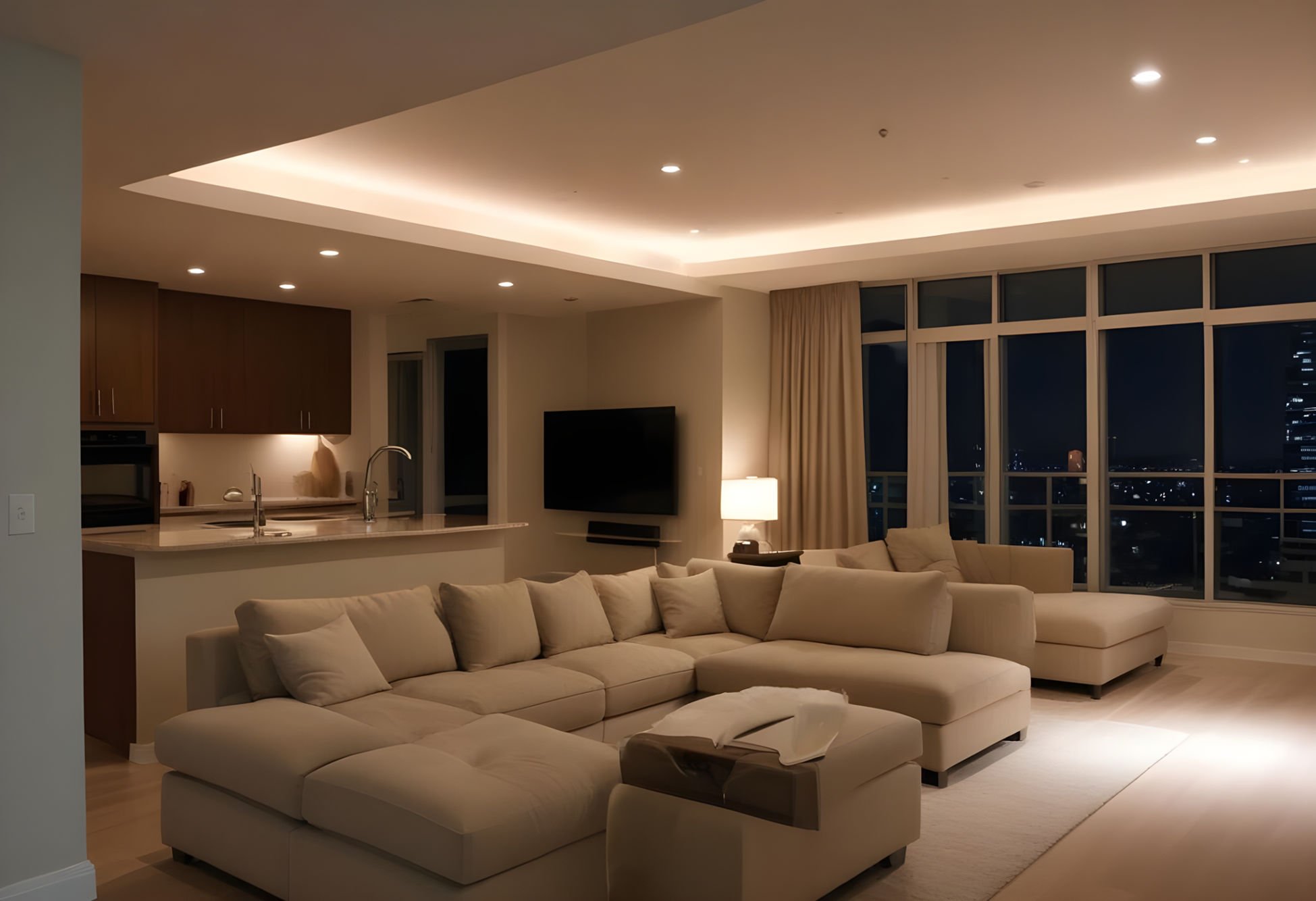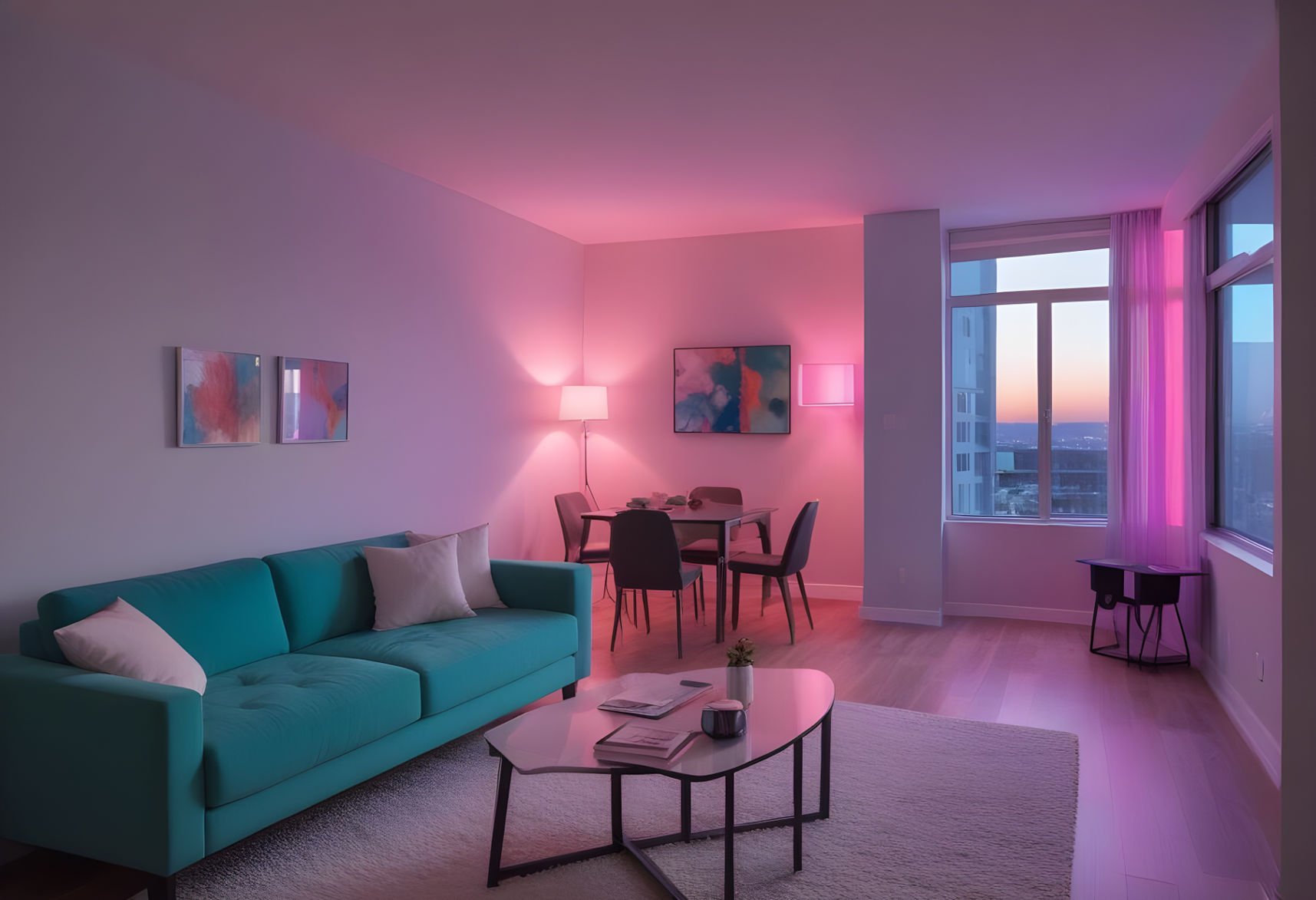The Role of Lighting in Transforming Your Interior Space
Lighting is often an underrated aspect of interior design, yet it plays a crucial role in transforming any space. Whether it is a cozy living room, a functional kitchen, or a serene bedroom, lighting impacts a space's mood, aesthetics, and functionality.
The importance of lighting in interior design cannot be overstated, as it influences how we perceive colors, shapes, and textures.
The Different Types of Lighting
Interior design lighting can be categorized into three main types: ambient, task, and accent lighting. Each type serves a specific purpose and is essential for creating a balanced and inviting environment.
Ambient Lighting
Ambient lighting, also known as general lighting, provides the overall illumination of a room. It is the foundation of any lighting scheme and ensures the space is well-lit and comfortable. Common ambient lighting sources include ceiling-mounted fixtures, chandeliers, and recessed ceiling lights.
Task Lighting
Task lighting is focused lighting that aids in performing specific tasks such as reading, cooking, or working at a desk. Examples of task lighting include desk lamps, under-cabinet lights, and pendant lights over kitchen islands. Incorporating task lighting into your design ensures that each area is well-lit for its intended use.
Accent Lighting
Accent lighting highlights architectural features, artwork, or other focal points within a room. It adds depth and dimension to a space, creating visual interest and drama. Wall lights, track lighting, and spotlights are common forms of accent lighting.
Choosing the Right Lighting Fixtures
Selecting the appropriate lighting fixtures is crucial for achieving the desired effect in a room. Factors to consider include the fixture's style, the bulb's type, and the light's placement. For example, a statement chandelier can be a focal point in a dining room, while sleek, modern fixtures may be more suitable for a contemporary space.
The Role of Lighting Designers
Lighting designers specialize in creating lighting solutions that enhance the functionality and aesthetics of a space. They work closely with an interior designer and architect to develop lighting plans that complement the overall design. Their expertise ensures that the lighting is both practical and visually appealing.
The Importance of Lighting in Interior Design
The Role of Natural Light
Natural light is a valuable asset in interior design. It not only enhances the aesthetic appeal of a space but also contributes to our well-being. Large windows, skylights, and glass doors are effective ways to maximize natural lighting in a room. Interior designers often emphasize the importance of natural light in creating a bright and airy atmosphere.
Architectural Lighting: Highlighting Design Elements
Architectural lighting is designed to enhance a space's structural and design elements. It includes techniques such as cove lighting, under-cabinet lighting, and recessed ceiling lights. Lighting designers use architectural lighting to emphasize architectural features' shape, texture, and form, making them stand out.
The Impact of Lighting on Color and Mood
Lighting plays a significant role in how we perceive colors and mood within a space. Warm lighting can create a cozy and inviting atmosphere, while cool lighting can make a room feel more spacious and energetic. Interior designers use lighting to enhance a room's color scheme and overall ambiance.
Incorporating Task Lighting in Different Spaces
Each room in a home requires different types of task lighting to meet its specific needs. In the kitchen, under-cabinet lights provide focused illumination for food preparation. In the bedroom, bedside lamps offer convenient reading light. In the home office, desk lamps ensure adequate lighting for work tasks.
The Benefits of Layered Lighting
Layered lighting uses multiple light sources at different levels to create a well-balanced and versatile lighting scheme. This approach combines ambient, task, and accent lighting to achieve a harmonious and functional space. Layered lighting allows for greater control over the ambiance and mood of a room.
Recessed Ceiling Lights: A Modern Lighting Solution
Recessed ceiling lights are a popular choice for modern interior design. They provide a clean and unobtrusive source of light that can be used for both ambient and task lighting. Recessed lights are particularly effective in low- ceilings, as they do not take up visual space.
The Versatility of Wall Lights
Wall lights are a versatile lighting option that can be used for both ambient and accent lighting. They are ideal for highlighting artwork and architectural features or adding a decorative element to a room. Wall lights come in various styles and designs, making them suitable for any interior.
The Importance of Lighting Placement
The placement of lighting fixtures is just as important as the type of lighting used. Proper placement ensures that the light is distributed evenly and effectively throughout the space.
For example, placing task lighting directly above a work surface provides focused illumination, while accent lighting at strategic points highlights key features.
Lighting Solutions for Small Spaces
In small spaces, effective lighting can make a significant difference. Using multi-functional lighting fixtures, such as pendant lights with adjustable heights, can help maximize the use of space.
Additionally, incorporating mirrors and reflective surfaces can enhance the impact of both natural and artificial light.
Other Essential Lighting Elements
The Role of Desk Lamps in Task Lighting
Desk lamps are essential for providing focused task lighting in workspaces. They come in various styles and designs, allowing customization to suit individual preferences. Adjustable desk lamps with flexible arms and dimmable features offer greater control over the lighting intensity and direction.
The Aesthetic Appeal of Chandeliers
Chandeliers are timeless and elegant lighting fixtures that can serve as a statement piece in any room. They add a touch of sophistication and grandeur, making them ideal for dining rooms, foyers, and living spaces. Chandeliers come in various styles, from classic crystal designs to modern minimalist forms.
The Functionality of Under-Cabinet Lighting
Under-cabinet lighting is a practical and effective solution for providing task lighting in kitchens and workspaces. It illuminates the countertop area, making it easier to perform cooking and food preparation tasks. LED strips and puck lights are common choices for under-cabinet lighting.
The Role of Pendant Lights in Interior Design
Pendant lights are a versatile and stylish lighting option used in various settings. They are often used as task lighting over kitchen islands, dining tables, and workspaces. Pendant lights come in multiple shapes, sizes, and materials, allowing creative and personalized lighting solutions.
The Benefits of Energy-Efficient Lighting
Energy-efficient lighting, such as LED bulbs, offers numerous benefits, including reduced energy consumption, lower utility bills, and a longer lifespan. Interior designers often recommend energy-efficient lighting solutions to create sustainable and eco-friendly spaces.
The Impact of Lighting on Space Perception
Lighting can significantly influence how we perceive the size and layout of a space. Bright, well-distributed lighting can make a small room appear larger and more open, while strategically placed accent lighting can define different areas within a larger space. Interior designers use lighting to create the desired spatial perception and enhance the overall design.
The Use of Track Lighting in Contemporary Design
Track lighting is a flexible and modern lighting solution that allows for adjustable and directional lighting. It is commonly used in contemporary interiors to highlight artwork, architectural features, and specific areas within a room. Track lighting systems can be customized with different fixtures and accessories to suit various design needs.
The Aesthetic and Functional Role of Floor Lamps
Floor lamps are decorative and functional lighting fixtures that can enhance the ambiance of a room. They provide additional lighting where needed and can serve as statement pieces in the design. Floor lamps come in various styles, from sleek and modern to classic and traditional.
The Importance of Dimmers in Lighting Design
Dimmers are an essential component of lighting design, allowing for adjustable lighting levels to suit different activities and moods. By installing dimmer switches, users can control the intensity of the light, creating a more versatile and adaptable lighting scheme. Dimmers also contribute to energy savings and extend the lifespan of bulbs.
The Use of Color-Changing Lighting
Color-changing lighting allows for dynamic and customizable lighting effects. LED bulbs and smart lighting systems can change colors to create different moods and atmospheres. This feature is prevalent in modern and contemporary interiors, adding a playful and innovative element to the design.
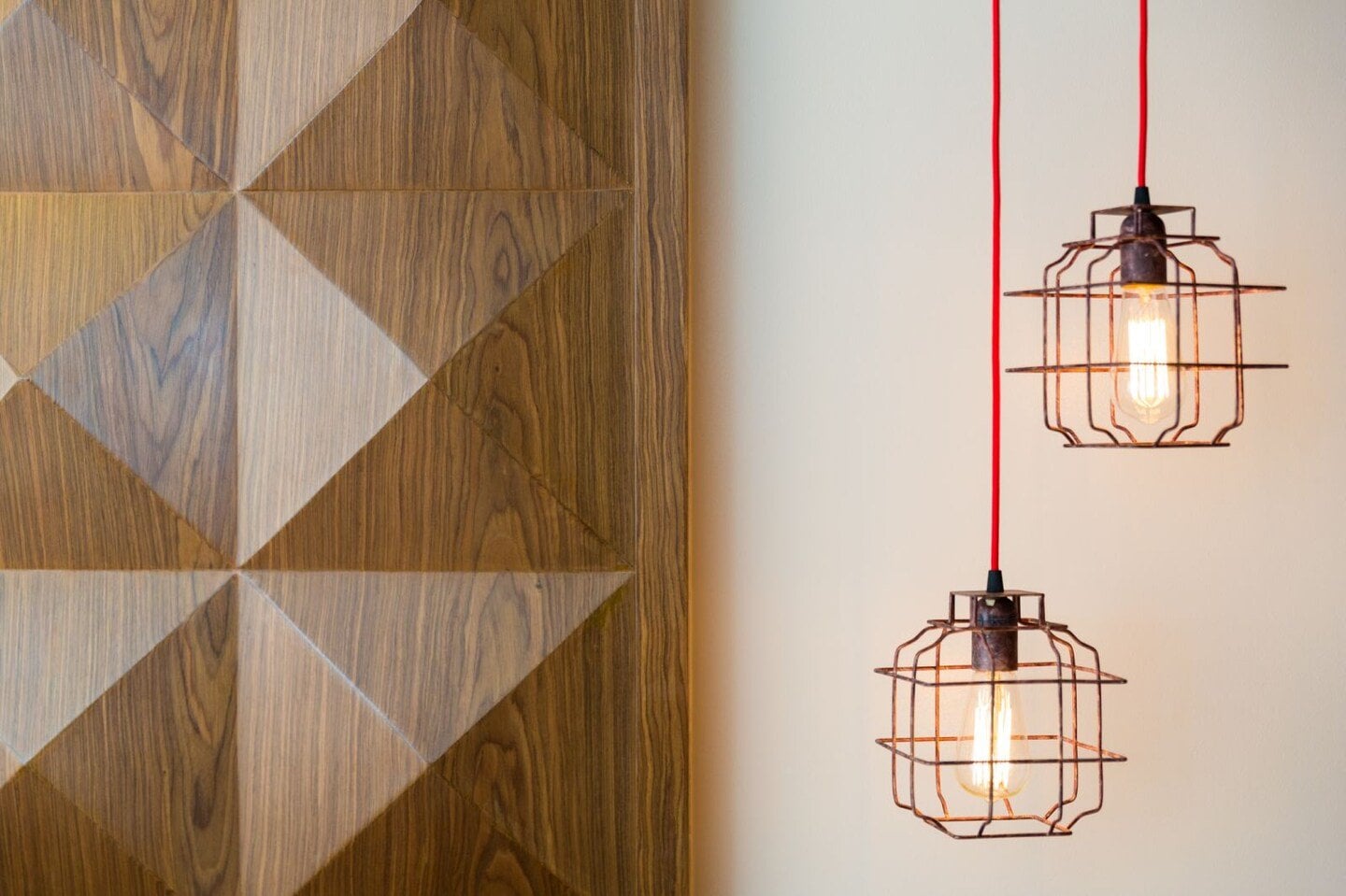

.jpg)
.jpg)
.jpg)
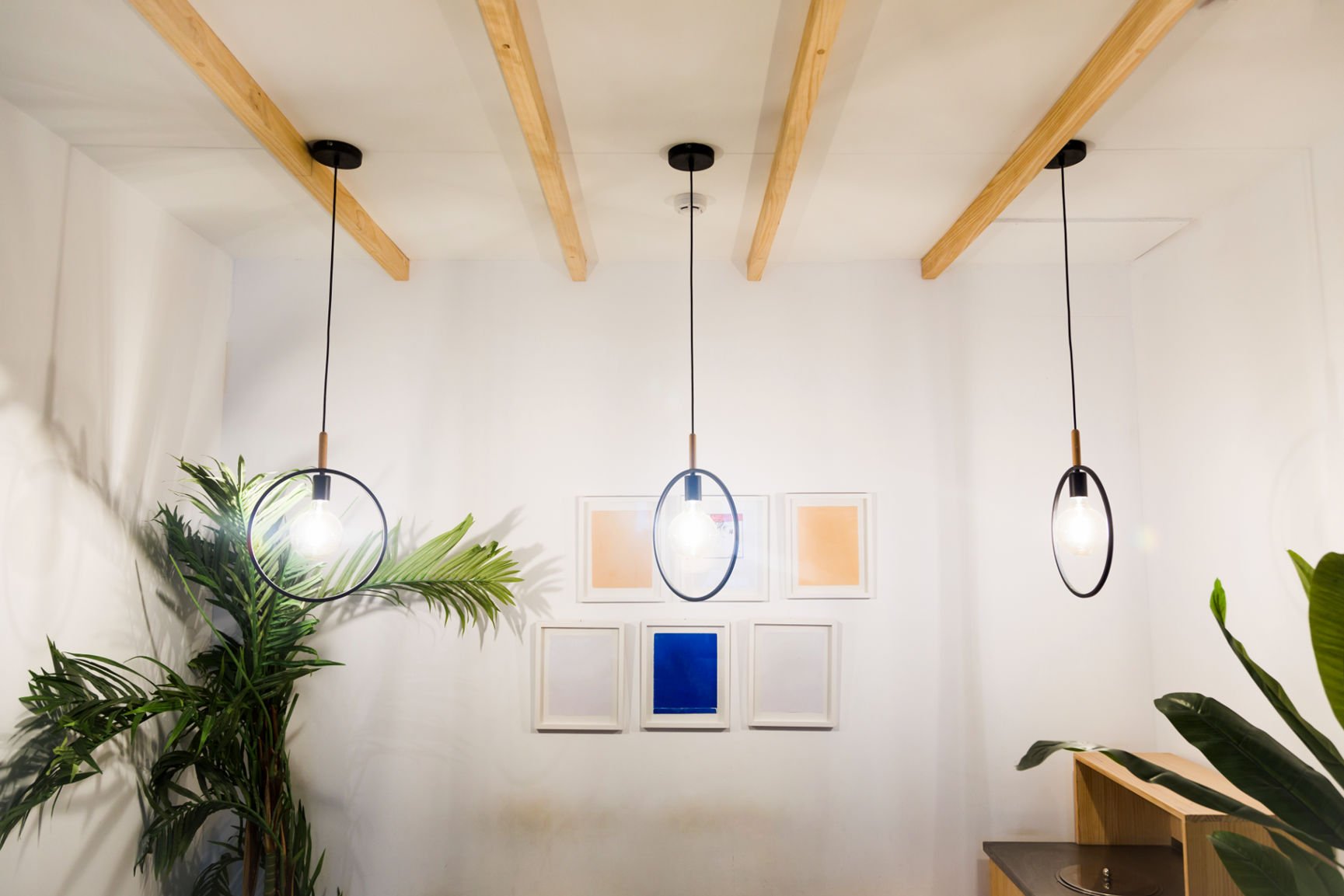
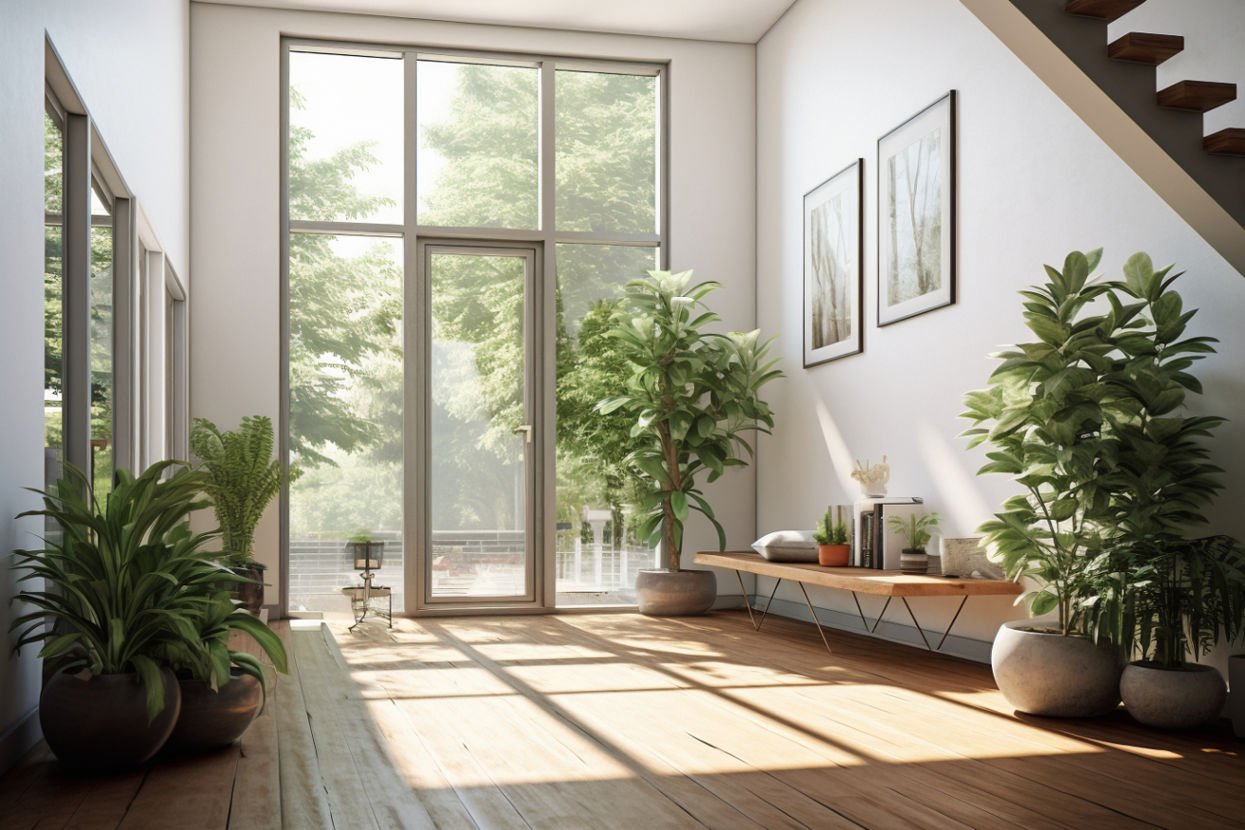
-1719545945.jpg)

